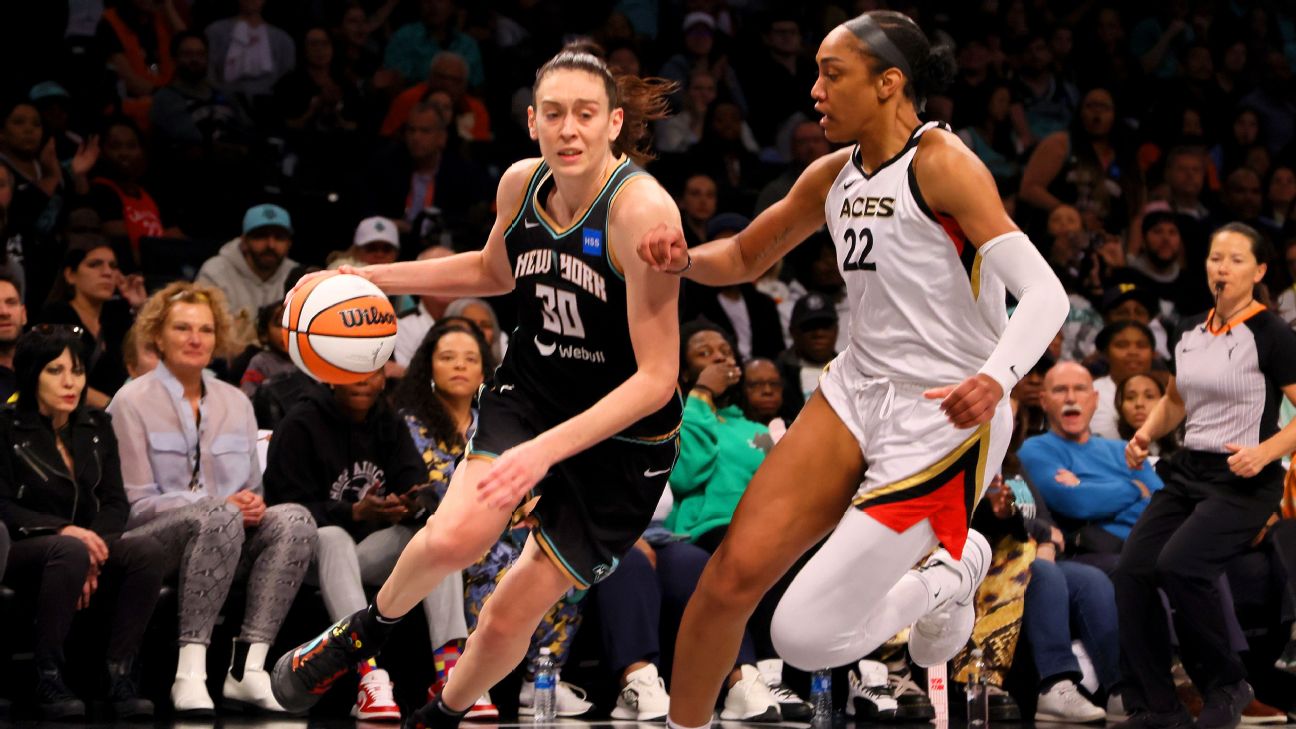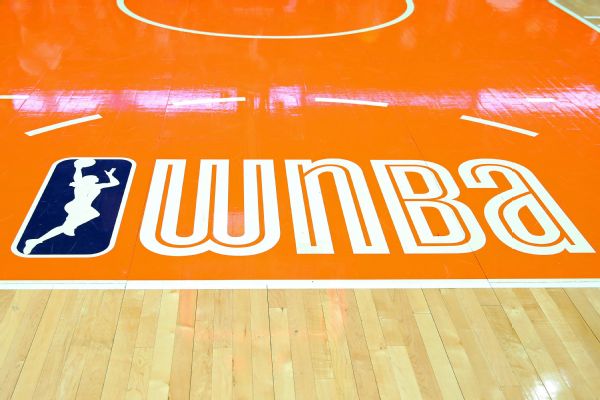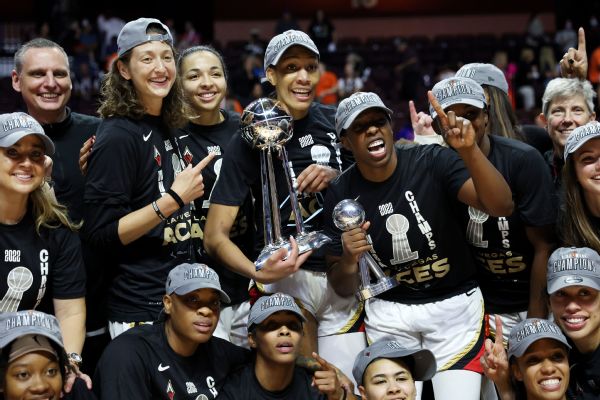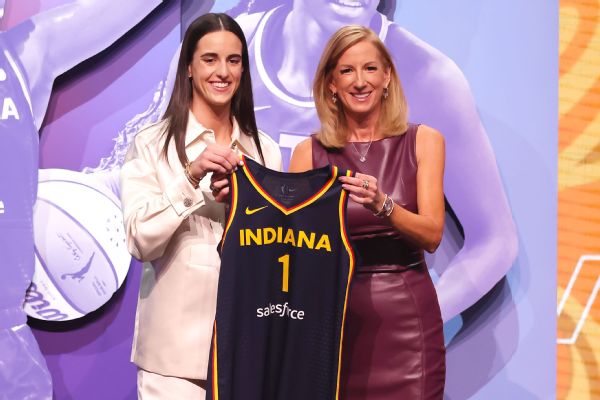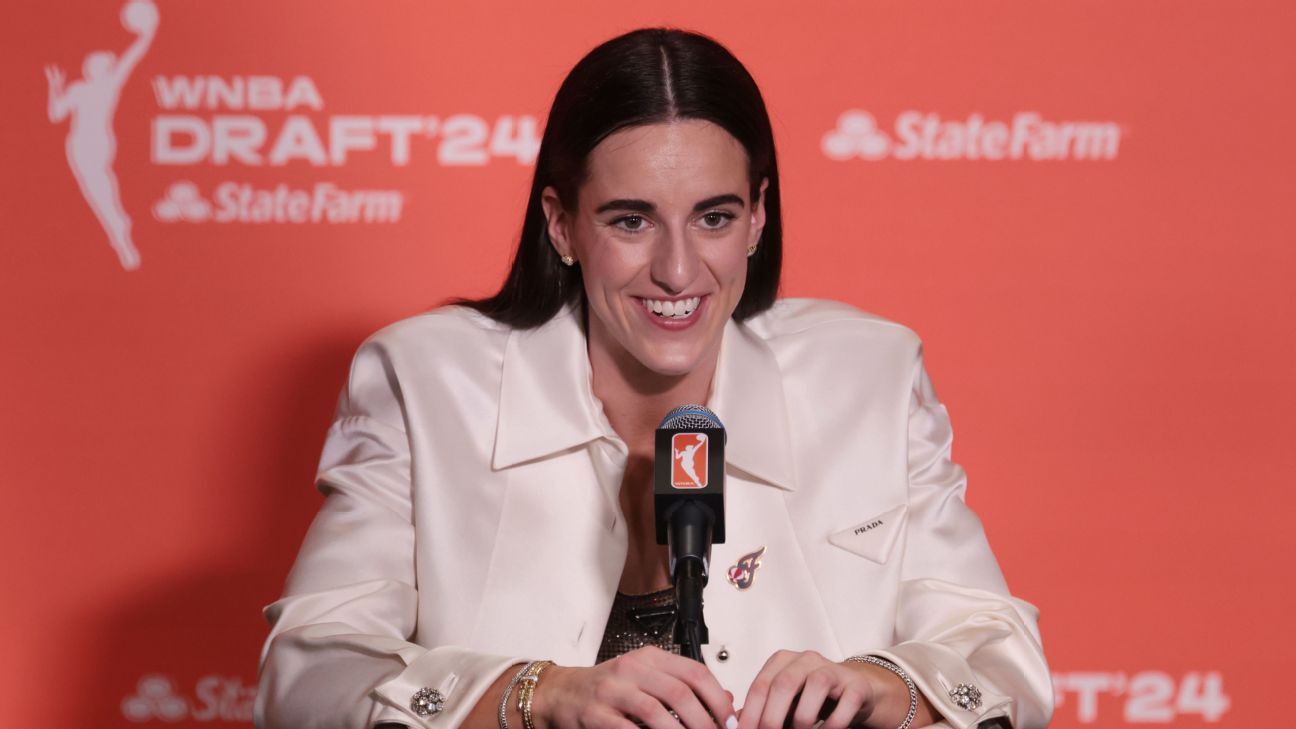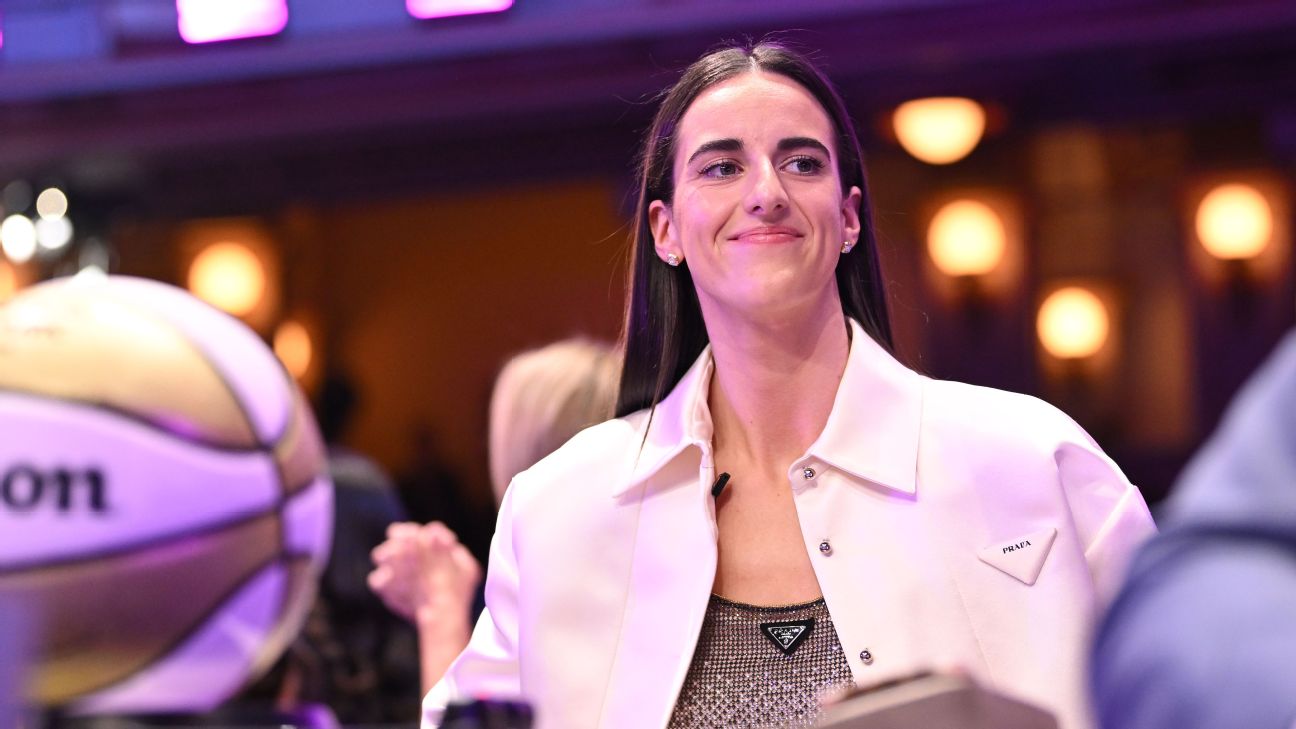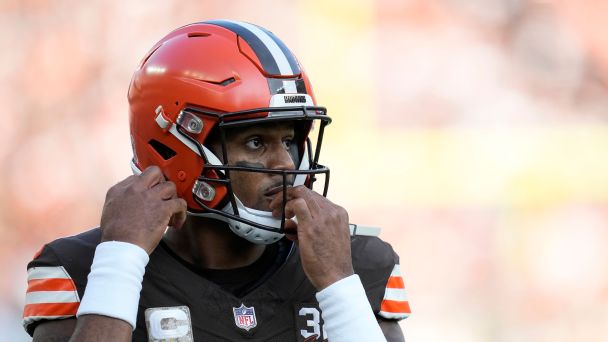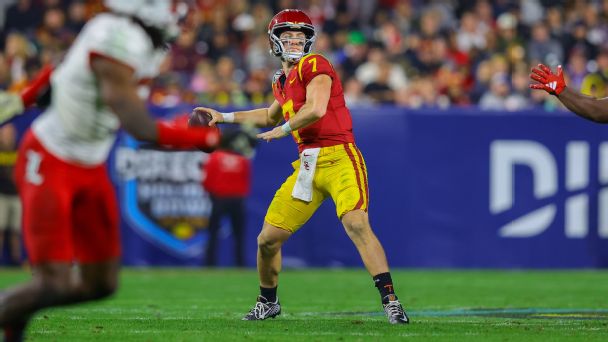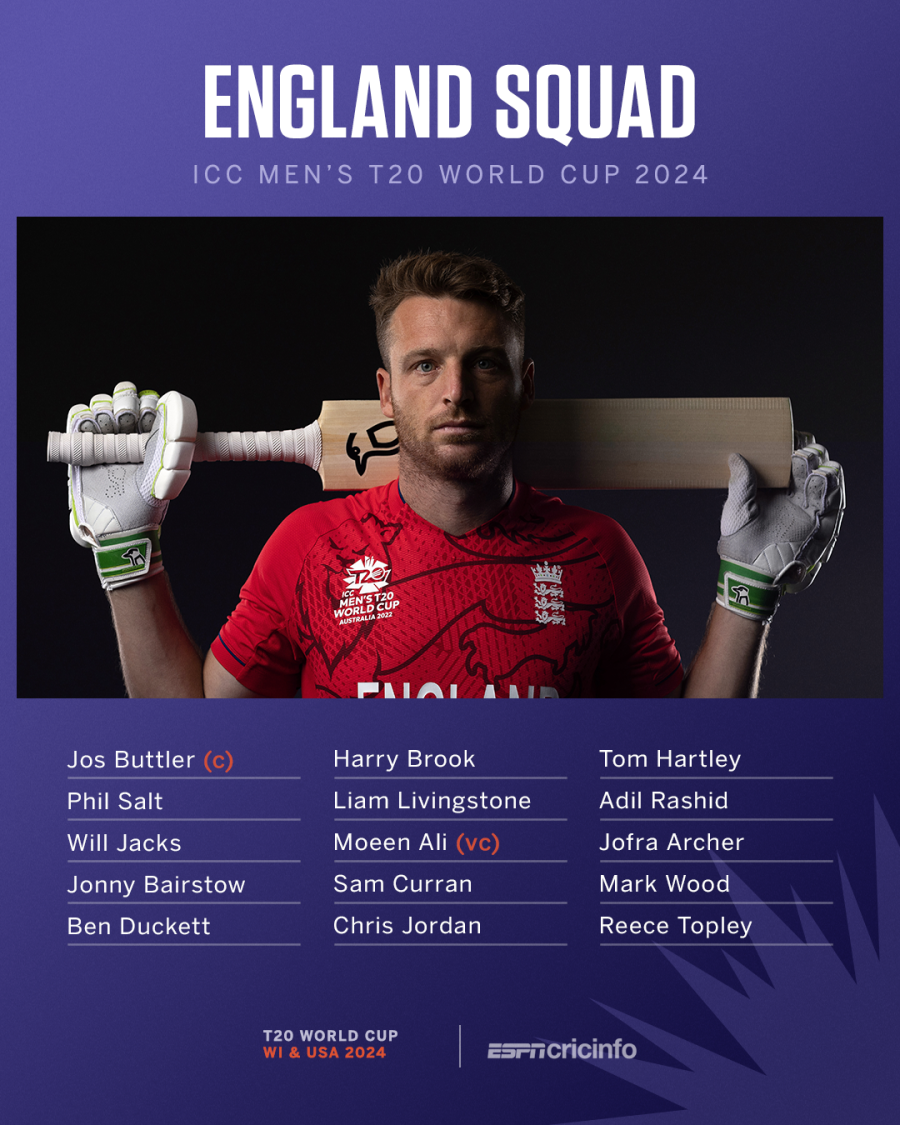![Julio Rodriguez [576x324]](https://a.espncdn.com/photo/2024/0417/r1320256_576x324_16-9.jpg)
Murray overcomes calf injury to score 32 and hit game-winner in Nuggets 108-106 win over Lakers
Panic often runs rampant at this stage of the fantasy baseball season. Annually. If you've played for any length of time, you know that managers can -- on the whole -- be an overreactive bunch during the month of April.
Twenty days of the 2024 season are now in the books, and players' year-to-date statistics look overly dramatic in that small sample, relative to how they will come season's end. Universal No. 1 overall pick Ronald Acuna Jr. has yet to hit a home run, after hitting 41 last season. Rotisserie first rounder and top-25 overall points league pick Julio Rodriguez is batting .206 without a home run and has only nine fantasy points for the season.
It's because these unexpectedly poor stat lines are occurring now, when fantasy managers are most watchful, that breeds this panic. Yes, they represent each player's seasonal output in their entirety. However, a 20-day slump that occurs in July flies much more 'beneath the radar" than one that begins a season.
To illustrate this point, consider that universal top-12-overall player Kyle Tucker hit .242/.288/.355 with just one homer, four RBI and two stolen bases over the 20-day stretch from May 20-June 8 in 2023. His roster percentage in ESPN leagues dipped less than two-thousandths of a point (0.002%, to be exact) over that time.
Rodriguez, meanwhile, has seen his roster percentage decline by 2.7% since Opening Day. Even Acuna (who still has eight stolen bases and 43 fantasy points) has been dropped in 0.003% of ESPN leagues -- more than Tucker's example above!
And that's just addressing the very tippity-top of the fantasy baseball rankings.
A full 22 players have been dropped in at least 20% of ESPN leagues since Opening Day (in the U.S., that is). Among that group are a handful of logical, "out for the season" cuts, in Shane Bieber, Eury Perez, Trevor Story and Spencer Strider, as well as Matt McLain, whose best-case scenario to return from shoulder surgery is August. Another two are closers-no-more Alex Lange and Jose Leclerc.
However, that group also includes some surprising names who were selected within the first 12 rounds of ESPN leagues (on average) in the preseason: Hunter Brown (down 34.8% in that time), Nick Castellanos (down 25.8%) and Nolan Jones (down 26.5%).
Further down on this "most-dropped during the season" list are seven players who were selected on average among the top-100 picks (which encompasses slightly greater than the first half of a standard ESPN draft), but have been dropped by at least 10% since Opening Day: Chris Bassitt (down 12.7%), David Bednar (down 14.7%), Alexis Diaz (down 10.6%), Nico Hoerner (down 15.1%), Jesus Luzardo (down 11.5%), Brandon Nimmo (down 12.1%) and Gleyber Torres (down 15.1%). We'll exclude Luis Robert Jr. (down 11.4%) as an eighth name here, being that at the time of his IL placement, he was projected to miss 6-8 weeks.
If you're in an ESPN standard league, with its nine-man starting lineup and seven pitching spots, cycling your players around their hot streaks makes a degree of sense -- certainly much more so than in an old school 12-team mixed league or a 15-team mixed, or an AL/NL-only league, all of which dig far deeper into the player pool. However, there's still something to be said for patience. That's most true for your most foundational pieces exiting your draft, and said truth extends deeper in correlation with the depth of your league.
Let's use the 2021-23 seasons as examples of the value of patience.
There were 21 players selected among the top-25 overall (on average) during those three seasons who, in the respective season's first 20 days, underperformed their projected fantasy points per game averages by at least 25%. Note that this excludes players whose first 20 days were interrupted by injuries or other circumstances that kept them off the field. Eleven of these players rebounded to score within 0.5 points per game of their initial projections the rest of the way. Another two finished within 0.8 points of said average.
Among the players who least improved from this bunch were a quartet of 2023 starting pitchers: Sandy Alcantara, Corbin Burnes, Aaron Nola and Max Scherzer. All four of those pitchers still scored 300-plus fantasy points for the year, while Burnes (10th), Nola (24th) and Scherzer (27th) all finished among the position's top 30 in fantasy points. Another two from 2022, Gerrit Cole and Robbie Ray, finished that year fifth and 32nd at the position in fantasy points. Add all of the above up and that's essentially 19 out of 21 players who rebounded with meaningful rest-of-season fantasy stats, even if some performed at a degree beneath what their preseason projections hinted.
Effectively the biggest disappointments from among this group were the 2018 and 2019 NL MVPs, Christian Yelich and Cody Bellinger, who met the qualifications for their poor 2021 campaigns.
Expanding the scope to top-50 overall picks on average, 40 players underperformed by 25% or worse during the season's first 20 days and, among that group, 20 scored within 0.5 points of their projection from that time forward. Another five were within 0.75 points (that represents 63% of this group).
Starting pitchers remained among the biggest offenders, with Jose Berrios (2022), Freddy Peralta (2022) and Alek Manoah (2023) being the three picked between 26th and 50th who were least able to recover from a poor start.
Of the players selected on average among the top 100, 57% (48 out of 84) recovered to score within 0.5 points of their preseason projections after having similarly underperformed over the season's first 20 days. Twelve more scored within 0.75 points (71% among this group). Starting pitchers were again more responsible for the failures than those at any other position with only 38% (8 out of 21) rebounding.
And, since you might be curious how the players who encompass the entirety of ESPN standard drafts might have similarly fared, a near-identical percentage of top-200 overall selections -- 57% (108 out of 190) -- enjoyed that same within 0.5 points recovery. Add those who were within 0.75 points and 71% qualified.
Yes, more often than not, that player you invested heavily in on draft day quickly rights the ship. If said player isn't a starting pitcher, your odds are only better. Tuck that away, if you're a Rodriguez, Aaron Judge, Torres, Alex Bregman, Hoerner or Francisco Lindor manager. In the absence of an injury or other factors that clearly indicate that the player's skills have dramatically changed for the worse, there's too great a likelihood that he'll straighten things out soon ... and often quite swiftly.
As for those starting pitchers, their poor rates of recovery shouldn't come as a complete surprise, bearing in mind the wear and tear their arms take and the degrees to which their velocities, command or pitch movement can shift -- not just from season to season, but sometimes from start to start. This is why the chatter surrounding the velocity drops occasionally exhibited by Max Fried and Kevin Gausman, or the inflated walk total of Jesus Luzardo, rings so loudly.
Gausman, with his shaky velocity and much worse numbers in terms of preventing hard contact (17.6% Statcast Barrel and 50% hard-hit rates allowed), is the one who most concerns me at this early stage. That he dealt with shoulder issues throughout spring training only contributes to that skepticism.
Beyond that? Give your best players at least another week or two to turn things around or, if you're in an ESPN standard league, be calculated about your prospects of reclaiming any player you cut if he manages to improve immediately after you let him go. It's not gift-giving season (certainly not in fantasy baseball leagues) and this is the time of year where an erroneous early cut represents quite the generous offering to your competition.


